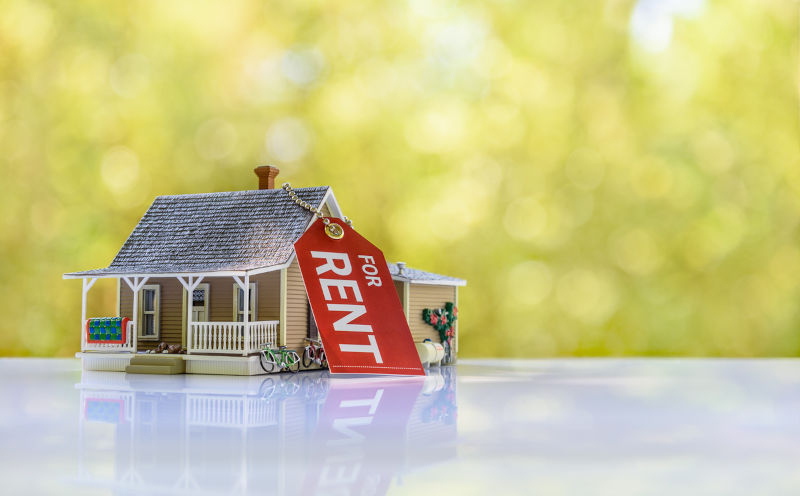Wall Street's corporate landlords lack accountability in Australia
May 7, 2024
Inches upon inches of press releases have heralded how Build to Rent (BTR) is coming to Australia to provide affordable and stable rentals. However, the draft legislation released by Minister Collins contains precious little for public interest outcomes.
Millions of dollars are being gifted to the BTR industry at state and federal levels and the only outcome we get is 10% of the supply to be affordable. The affordability definition is loose at 74.9% of market rent. With that, there’s scant hope for income earners in the bottom 40%.
For a typical 50 dwelling BTR development, only five ‘affordable’ homes need be provided. Government has kindly requested that one two bedroom and one three bedroom home is part of that delivery.
More concerning is what is happening to the other 90% of rental supply. There is no oversight of the roll out. This means that rental supply can be drip fed over time to maintain rental returns.
Already some 33% of tenants at a Melbourne BTR development faced either eviction or a rent hike of between 9 to 17% after just their first year. If this is a harbinger of the future, what will happen once legislators have stopped providing even a cursory glance their way? Many of those were seen as strategic evictions so that investors could benefit from the tight market conditions via higher rents. This legislation does nothing to protect tenants from such rent seeking.
Inherent in such practices is the creation of a new corporate landlord model that gifts incredible market power. The legislation is written as if perfect competition exists, preferring to believe that trickle down housing supply will do the trick.
It is high time that any housing policy includes affordability thresholds in return for a policy handout.
Government could easily limit vacant BTR rental dwellings to just 30 days, invoking the operator to face what the market is asking, rather than enforce what the market can bear.
For decades the real estate industry has claimed that a 3% vacancy is an equilibrium, a perfect market outcome. Let’s see it in action here.
Data privacy is completely overlooked. Build to rent has become a darling of investors because it encourages rent seeking via both ‘location, location’ and data agglomeration. RMIT academic Melissa Nethercote calls it ‘ double threat enclosure’. The combination of the two reveals eye popping detail marketers can only dream of. The ubiquitous proptech movement is honing in on how to track your every move so they can onsell those behaviours to corporate interests.
Proptech typically records the length of vacancy, length of lease, rental increases, your kids names, your employer, your salary, your past rental history and much more.
If BTR already monitors these data points, surely they can be required by government to report on vacancy rates, eviction numbers and rental increases as a transparency outcome.
We have seen considerable market power within master planned communities, with 48.7% of supply being pulled from the market during weakening conditions (mid 2017). What is to stop this occurring with this precious new rental supply?
Corporate landlords need not meet secretly in the depths of the night to discuss rent maximising practices.
US company RealPage has in place algorithms that calculate how to automatically prompt rental increases without moral consideration.
The US Federal Court is currently hearing a case against RealPage (as is the District of Columbia) for the anti-competitive practice of enlisting multiple local rental operators to increase rents via their app alert. Operators can already do this by using similar data points. It will only get easier as the proptech industry develops.
For this reason, we feel it is essential the Albanese government includes more public interest outcomes for this emerging corporate landlord industry.
BTR operators not only get a 63% increase in their depreciation write offs, but only have to operate as a rental property for 15 years. What will happen in those closing five years? Will maintenance be wound back as savings are made for penthouse renovations? This highlights what could be the real motivation behind the BTR industry - as a front for land banking. The sites are given a 50% land tax discount, meaning their capitalisation rate will accelerate, even if rentals remain empty.
Sadly, what this legislation really provides is a welcome rug for Wall St and international capital to engage in rent maximisation strategies, with little government oversight.
A far better use of taxpayer incentives is to support 100% affordable housing models such as Community Land Trusts. Not only are they dedicated to affordability, but can scale public subsidy over time, providing perpetually affordable housing that is community driven.
Seasoned analysts will notice how things have changed since Treasurer Scott Morrison returned from the UK brimming with enthusiasm about the Build to Rent model as an affordability tool. Now seven years later, the affordability driver has all but been forgotten, whittled down to just 10% of supply on a nebulous definition.
We hope adequate warning is given to renters.

